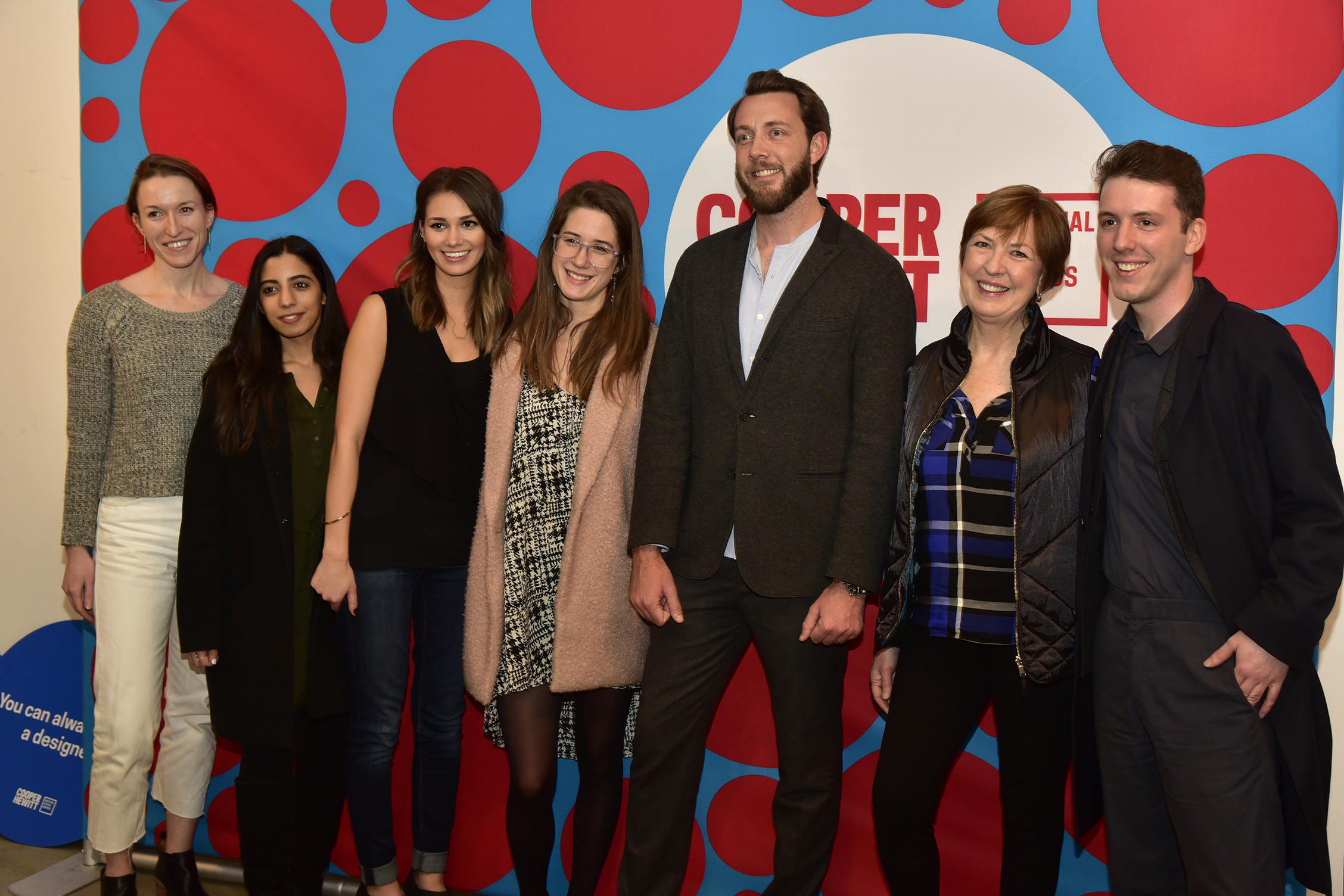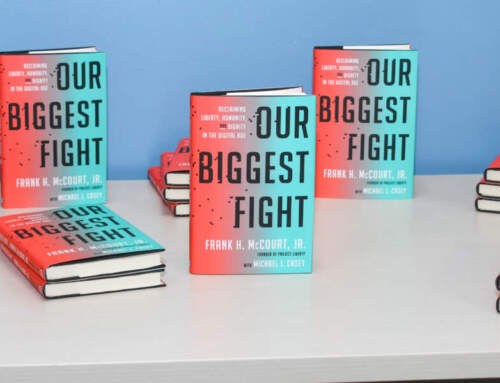By Richard Campbell
In celebrating the East Coast Design leg of the National Design Awards, the Cooper Hewitt Museum came to Boston to put on a lively forum by design award winners. The Mistress of ceremonies Caroline Baumann, Director of Cooper Hewitt, introduced the National Design awards as the Oscars of the design world. With sponsorship from Delta Faucet and Target, the cities that were chosen for special focus in this year’s awards were DC, San Francisco and Boston. Ms. Baumann, who hails from Winchester, MA called Boston “A nexus of technology and design.”
Deborah Berke was the winner of the Interior Design award, who founded her own firm, and is the Dean of the Yale School of Architecture. Architect Alan Ricks, Cofounder and COO of Mass Design Group, a design collaborative in Boston, won the Architect’s Award. Mass Design Group went to Orchard Garden Grade school in Boston to give a workshop on designing unique schools in Boston. Greg Wilkins the Design Mind Winner is an architect and writer from Michigan. Matilda Mc Quaid Deputy Curatorial Director from Cooper Hewitt was the moderator of the conversation which delved into recent trends in design, the history of architecture in the United States, and current career outlooks for designers, with particular emphasis upon diversity and design.
The discussion focused around the competitive nature of design and architecture in specific, as a profession with a diff icult problem promoting itself, or elevating people from specific groups into lead positions in firms. Wilkin’s talked about how to make design relevant to new audiences, and students, and Deborah Berke discussed the value of architecture as a business. All the panelists seemed to feel that architects are under-appreciated, and that the business model for architecture is skewed. The designers expressed the idea that clients often may not know the true value of the work. This inevitably brought up the subject of the difficulty of making a living in design.
The mind-set of architects “sel ling” their work to individual clients as opposed to introducing ideas to community based projects struck a chord. Sometimes the moderating felt a little abstruse, but the designers returned to concrete examples of their works. Surprisingly there were very few images of architectural designs, so that, like so many design forums, this one was more of a conversation. From this perspective the architects were talking about how to listen to the client to understand what they want, and how to take that narrative and embed it into the finished design. In the old days they would call this a program, but in the new speak this is called having a conversation, to build a narrative. Greg Wilkin’s as a writer as well as an architect, seemed to think that many architects aren’t good at listening and truly understanding the client, whereas Alan Ricks seemed to think that his firm does a good job of this kind of open communication.
All the panelists seemed to feel that architect’s need to communicate better to clients in order to understand the value of the cultural conversations. Questions came from the audience that suggested ways for architects to create narratives to make the field more personally resonant to people. So rather than emphasizing the importance of the heroic architect, (an outdated paradigm) panelists focused upon what the person creates and how that impacts the community. Clearly these were the cream of the thinking architects who are very involved in a humanistic view of creating space through architecture for people to enjoy life, and not the cookie cutter architects who design American strip malls, and looming glass box architecture.






